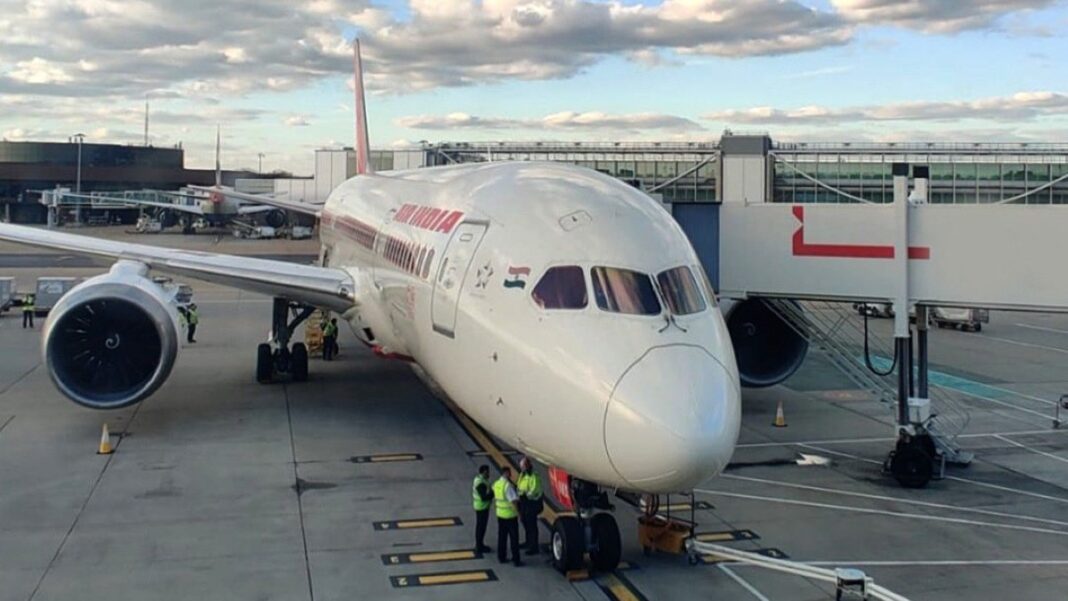INDIA: India has requested Nepal’s aviation authorities provide details regarding a near-miss incident between an Air India and Nepal Airlines flight near Kathmandu on March 24, 2023.
However, senior officials have stated they are still waiting for a response. According to reports, Air India pilots are extremely upset about the “unusual” step taken by Kathmandu air traffic control (ATC) after the Airbus A-319 flight landed.
The incident involved two senior captains, one woman and one man, flying from Delhi to Kathmandu.
Reports suggest that the pilots of Air India’s flight (AI 213) informed authorities that Kathmandu air traffic control had requested them to descend from 19,000 feet to 15,000 feet, the same altitude that Nepal Airlines’ flight from Kuala Lumpur (RNA 416) was flying. Then the two aircraft had to veer apart to avoid a collision.
The pilots stated that the ATC did not ask them why they were descending as they passed through 19, 18, 17, 16, and 15,000 feet when the traffic collision avoidance system (TCAS) alarms went off in both planes.
After the incident, the Nepalese airport authorities asked the woman pilot to come and meet with ATC officials. Multiple pilots have described the experience as highly improper.
The lady pilot offered to speak over the telephone, but they asked her to come in person.
The authorities took her to a dingy room, where five officials spoke to her about the incident.
Indian aviation authorities have asked Nepal to submit details of the incident, along with ATC transcripts and evidence.
People in the know have stated that there was an incident and that an investigation is required to ascertain who was at fault.
It is essential to determine whether ATC gave the wrong instructions to one or both aircraft and/or whether one or both aircraft misunderstood the instructions.
As a result of the incident, the officials have suspended three air traffic controllers (ATCOs) at Kathmandu Airport, and the Air India pilots operating the flight (AI 213) have been taken off flying duty pending investigation.
The collision avoidance system issues two types of advisories to pilots: first, a traffic advisory (TA) to give a warning to the crews of two planes that they are heading in the same direction, and secondly, a resolution advisory (RA) that requires the cockpit crew to take evasive action to avoid mid-air collisions.
This incident highlights the importance of air traffic control and the critical role of the ATC in ensuring the safety of passengers and crew.
The incident raises concerns about the protocols in place for communication between pilots and ATC and the need for effective investigation and corrective training to prevent similar incidents from occurring in the future.
Also Read: Flybe: Flights Cancelled after Airline Ceases Trading



